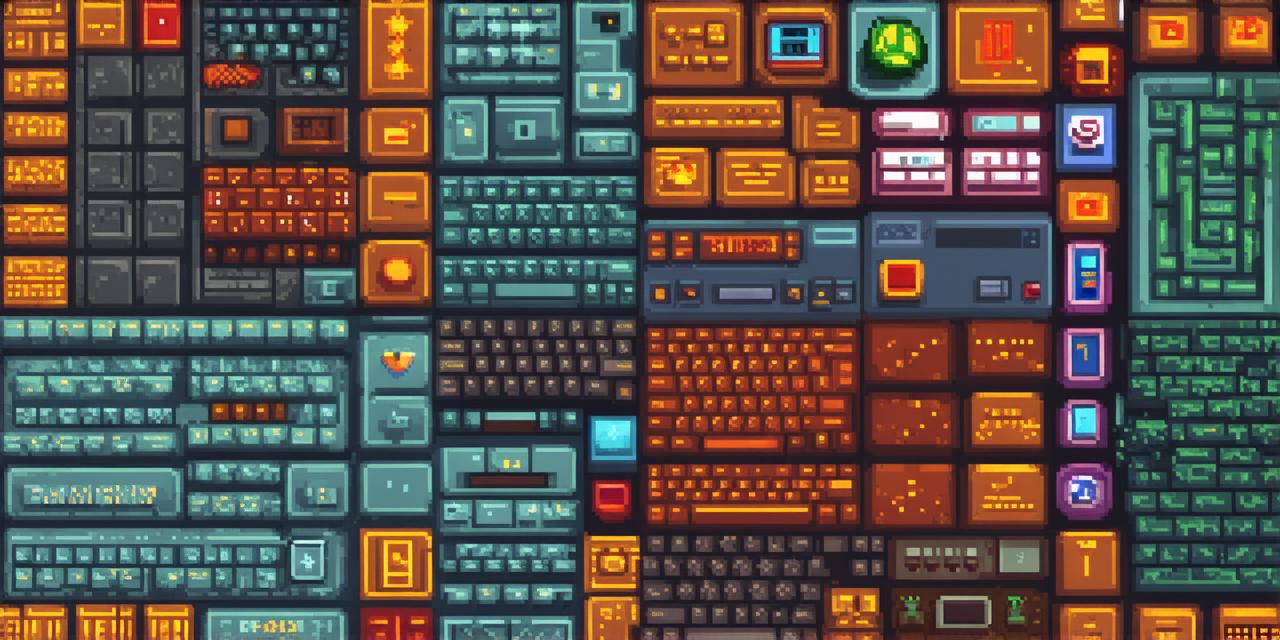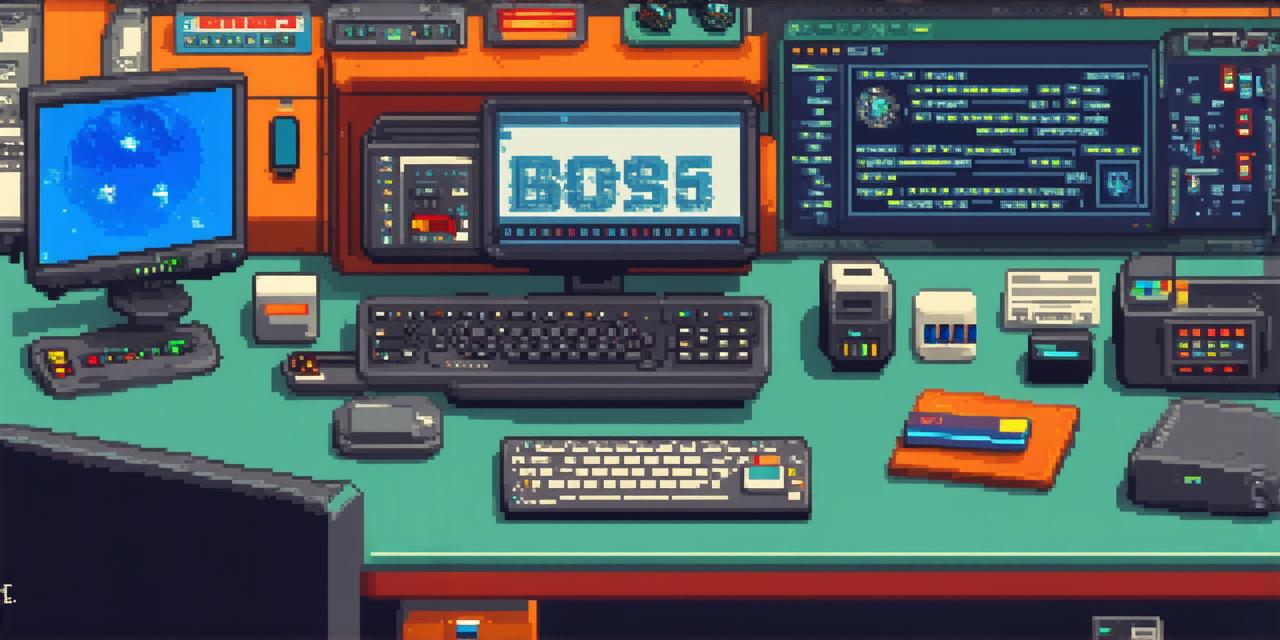Are you an aspiring game developer looking to create your own video game? Look no further! In this beginner’s guide, we will walk you through the steps of making a video game from start to finish. Whether you’re a student, hobbyist or professional, this article is designed to help you make a video game that will capture the attention of players around the world.
Introduction
Before we dive into the nitty-gritty details of creating a video game, let’s first define what a video game actually is. A video game is an interactive entertainment software product that uses computer technology to simulate a game environment in which users can interact and compete with each other or against the computer. It’s a fascinating world where creativity and technology come together to create something truly amazing.
So, how do you go about making a video game? Let’s explore the steps involved in creating your own game.
Step 1: Define Your Game Concept
The first step in creating a video game is to define your game concept. This involves coming up with an idea for your game, which can be anything from a simple puzzle game to a complex role-playing game. When defining your game concept, it’s important to consider the following:
- What type of game do you want to make? (e.g., action, adventure, puzzle)
- Who is your target audience? (e.g., children, teenagers, adults)
- What makes your game unique and different from others on the market?
- How will your game engage and challenge players?
Once you have a clear idea of what your game should be, it’s time to move on to the next step.
Step 2: Choose Your Game Engine
The next step in creating a video game is to choose your game engine. A game engine is a collection of software tools and libraries that provide the framework for building video games. There are many different game engines available, each with its own strengths and weaknesses. Some popular game engines include Unity, Unreal Engine, and Construct 3.
When choosing your game engine, it’s important to consider the following:
- What type of game do you want to make? (e.g., 2D or 3D graphics, mobile or desktop)
- Your technical skills and experience level with programming languages such as C++, C, or Python.
- The support and community available for the engine, including resources, tutorials, and forums.

Once you’ve chosen your game engine, it’s time to start building your game.
Step 3: Create Your Game World
The next step in creating a video game is to create your game world. This involves designing the environment and setting of your game, as well as creating any characters or objects that will be present in the game. When creating your game world, it’s important to consider the following:
- What type of game world do you want to create? (e.g., a fantasy world, a futuristic world, a historical setting)
- What challenges and obstacles will players face in this game world?
- How will the environment affect the gameplay and story?
- What types of characters or objects will be present in the game world?
Once you have a clear idea of what your game world should look like, it’s time to start building it.
Step 4: Develop Your Game Mechanics
The next step in creating a video game is to develop your game mechanics. This involves creating the rules and systems that govern how players interact with the game world and each other. When developing your game mechanics, it’s important to consider the following:
- What type of gameplay do you want to create? (e.g., action-packed, strategic, puzzle-based)
- How will players progress through the game?
- What types of obstacles and challenges will players face?
- How will the mechanics affect the overall story and atmosphere of the game world?
Once you have a solid understanding of your game mechanics, it’s time to start programming.



